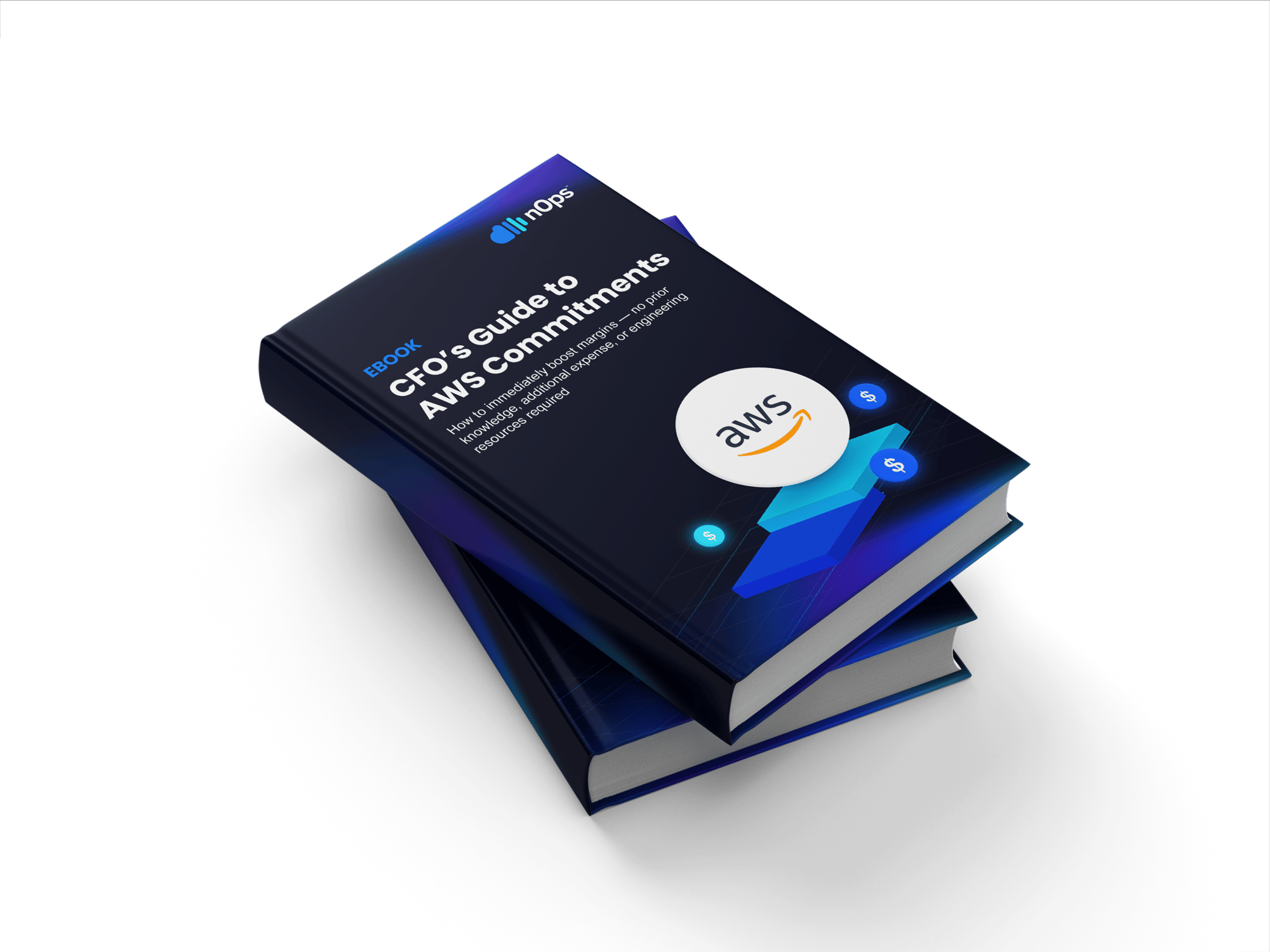Your EKS Cluster. Your Autoscaler. Fully Optimized.
Right-size your containers dynamically
Automatically detect and fix overprovisioned pods with multidimensional pod autoscaling
Optimize your cluster config automatically
Let EKS Copilot choose the most cost-efficient instance types — Spot, On-Demand, or commitments — in real time
Intelligent Instance Selection
Karpenter or Cluster Autoscaler with no lock-in. Automatically choose resource-efficient instance types for your workload
EKS Automation Features
Automate Your EKS Infrastructure Management — No Vendor Lock-in
nOps manages $2B in annual AWS spend for innovative brands, from startups to enterprises, saving them 50%+ autonomously.










Automated Container Rightsizing & EKS Visibility
Multi-Dimensional Pod Autoscaling & Dynamic Container Rightsizing
- Full lifecycle management: metrics → thresholds → action
- Automatically scales pods & container resources horizontally and vertically for optimal resource efficiency (works with your existing HPA)
- Tailor thresholds to your goals (cost vs. performance)
- One-click apply for jobs, deployments, daemonsets, statefulsets
Total EKS Visibility
- Benchmarking for cluster cost and performance
- All the metrics you need: costs, purchase types, container & node efficiency, potential savings
Dive Deeper Into Clusters
- Hourly visibility into node-level usage to identify underutilization
- Manage and troubleshoot complex workloads at scale in a single streamlined UI
- Check cluster status, click into nodes, explore, & take action
Optimize Your Existing Autoscaler
- Supports Karpenter and Cluster Autoscaler — no vendor lock-in
- Realtime workload reconsideration & continuous tuning
- Get discounts on all of your compute with an optimal blend of On-Demand, Spot & Commitments
Spark Workload Optimization
- Automatically detect & right-size Spark Workloads (driver and executor) pods at startup minimizing the disruption
- Reduce overprovisioning and cut Spark cost on EKS
- Align Spark runtime settings with container allocations for consistent efficiency of containers
Schedule Rightsizing
- Automated workload optimization and container rightsizing with precise scheduling to control performance impact and stability
- Run rightsizing during off-peak or defined maintenance windows to mimimize disruption and cost
- Create and test schedules to observe behavior across workloads before production rollout
Maximize Price Efficiency
Optimize across all compute purchase models — On-Demand, Reserved Instances, Savings Plans & Spot — automatically.
Maximize Resource Efficiency
Continuously optimize pod sizes, replicas, and node utilization to eliminate waste and ensure every resource delivers maximum performance per dollar.
100% Commitment Utilization Guarantee
End-to-end savings, risk free, with zero oversight
Spot Orchestration with ML
Workloads are continually shifted across diverse Spot using ML analysis of historical data, current pricing & availability, for max savings AND stability.
How EKS Automation Works
STEP 1 - Install Agent
Intstall our lightweight agent in your EKS cluster (instructions for Cluster Autoscaler and Karpenter)
STEP 2 - Visibility & Recommendations
Gain visibility into real-time and historical efficiency, with recommendations for config, node & container rightsizing, and pricing
STEP 3 - Enable Automation
Optimize continuously, saving time and money without changing your existing tools, infrastructure and processs
How nOps Compares
| Capability | nOps | Traditional Tools |
|---|---|---|
| Works with Karpenter & Cluster Autoscaler | ||
| Unified Cluster, Node & Container Visibility | ||
| Hourly Node Utilization Metrics | ||
| Dynamic Container Rightsizing | ||
| Spark Workload Optimization | ||
| Multidimensional Pod Autoscaling | ||
| Intelligent Instance Selection | ||
| Real-Time Workload Rebalancing | ||
| Spot Orchestration & Diversification | ||
| 100% Commitment Utilization (RI/SP) | ||
| Lightweight Agent, No Infra Change | ||
| Vendor Lock-in |
The Result
60-75% Cost Savings
100% of Usage Discounted
<1% Spot Terminations
Time Saved for Engineers
Frequently Asked Questions
Q: How does nOps handle container rightsizing?
Q: Can I control how aggressively my containers are right-sized?
Yes. nOps will automatically suggest thresholds, but you can also define thresholds and policies to prioritize on cost, performance, or both — with full visibility and one-click approval for changes.
Q: What is Multidimensional Pod Autoscaling?
Q: How is this different from standard HPA or VPA?
Q: Does nOps support Spark workload optimization on EKS?
Q: What benefits does Spark optimization provide?
Q: How accurate is nOps EKS cost data?
Q: Will this affect cluster performance or stability?
Q: How does nOps handle Spot interruptions?
Q: What kind of visibility does nOps provide into EKS clusters?
Q: Can I allocate EKS costs to different teams or applications?
Q: Does nOps provide forecasting or anomaly detection for EKS costs?
Q: Does nOps require installing anything in my cluster?
Q: When will I start seeing optimization insights?
Q: How often does nOps analyze and update optimization data?
Q: Can I preview or approve changes before they’re applied?
Q: How does nOps support multi-cluster or multi-account environments?
Q: Does nOps store any sensitive data from my workloads?
Q: Can I use nOps with Infrastructure-as-Code workflows?
Q: How does nOps handle container rightsizing?
Q: Can I control how aggressively my containers are right-sized?
Q: What is Multidimensional Pod Autoscaling?
Q: How is this different from standard HPA or VPA?
Q: Does nOps support Spark workload optimization on EKS?
Q: What benefits does Spark optimization provide?
Q: How accurate is nOps EKS cost data?
Q: Will this affect cluster performance or stability?
Q: How does nOps handle Spot interruptions?
Q: What kind of visibility does nOps provide into EKS clusters?
Q: Can I allocate EKS costs to different teams or applications?
Q: Does nOps provide forecasting or anomaly detection for EKS costs?

A Recognized Leader in Cloud Management
Advanced technology partner AWS, G2 4.8 rating, FinOps Foundation member and many more
Featured Content
Request Invitation

